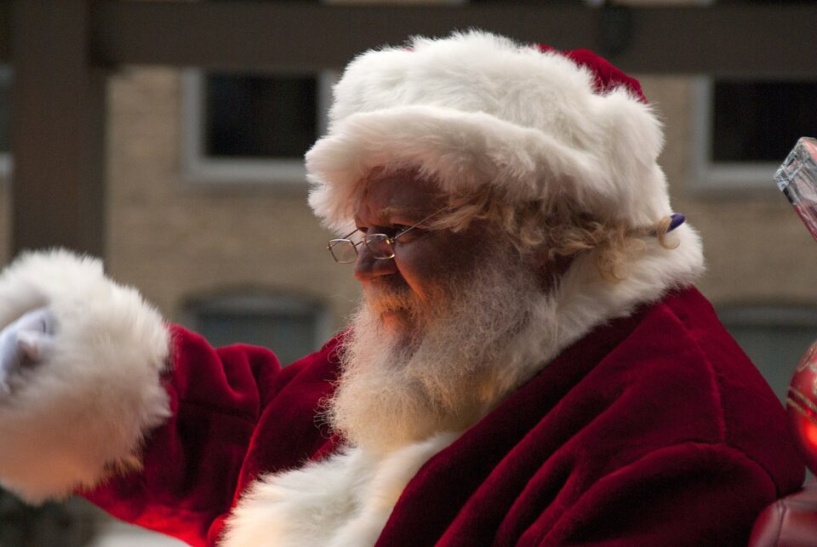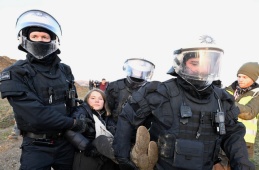By Annette Chrysostomou
Santa has for years been known as the jolly fat man who brings holiday cheer. His white beard, rosy cheeks and suit are symbols of the season. He is also believed to have a white complexion, and blue eyes. Does it need saying that nowadays, this is not generally accepted as we are so much more savvy, and politically correct?
The real Saint Nicholas – as depicted in icons in Cypriot churches – is likely to have had olive skin, dark brown eyes and a wide chin and brow. He stood at 1.68 metres and had a broken nose. However, according to researchers, he did sport white hair and a beard – as was the fashion for fourth century religious leaders.
This original description has all but disappeared in the 21st century, because of clever marketing campaigns and advertising. Frightening and small was not how advertisers saw as an attractive image to sell products.
“Coca-Cola did not create the legend of Santa Claus. But Coca-Cola advertising did play a big role in shaping the jolly character we know today,” says the Coca Cola website.
Before 1931, there were many different depictions of Santa Claus around the world, including a tall gaunt man and an elf – there was even a scary Claus. But In 1931, Coca-Cola commissioned illustrator Haddon Sundblom to paint Santa for Christmas advertisements. Those paintings established Santa as a warm, happy character with human features, including rosy cheeks, a white beard, twinkling eyes and laughter lines.”
To clarify, they note that “and even though it’s often said that Santa wears a red coat because red is the colour of Coca-Cola, Santa appeared in a red coat before Sundblom painted him.”
Do all agree his suit is red? Not really, though there are few exceptions.
German immigrants brought Santa Claus figurines to Ohio in the 1800s. According to the American Toy Marvel Museum, the blue colour suit was traditional for the German version of St Nicholas.
This has not completely been discarded but instead is being put to good use.
In 1976, the Blue Santa Programme was created to help bring holiday happiness to families and children throughout San Antonio, Texas. Blue Santa is all about bringing hope and joy to families that struggle to make ends meet during the toughest times of the year, the holidays
How about the white complexion then, depicted in most illustrations?
In the 1960s, black Santa Claus became a symbol in the civil rights movement as a form of black empowerment. Many activists called out the portrayal of Santa as a white man as an example of whitewashing even children’s stories.
More and more black Santas got hired to work in malls and department stores nationwide the following decade, among them the famous Macy’s flagship store in Manhattan. Thus, black Santa Claus rose to mainstream popularity – at least in some countries.
Since we cannot be sure about the size, colour, dress code and even attitude of Santa, this begs the question, is Santa even a manly figure?
Female versions have been spotted, though they do not seem to be wildly popular – yet, anyway.
As The Conversation, a network of not-for-profit media outlets publishing news stories and research reports online, reports, “during the second world war, as with the first, women assumed male roles [of Santa] out of necessity.”
This, however, did not last. “In the final decades of the 20th century, there was more resistance to female Santas.”
In 1999, a female Santa sued a Walmart in Louisville for unfair dismissal after a customer complained it was a man’s job. She lost.
“But the tide may be turning, the website argues. “In 2018, in Gisborne, New Zealand, Santa was a female, regional, Maori.
And last but not least:
With older, overweight men said to be at a higher risk of catching coronavirus, now is the time to rethink the notion of who can play Santa.”















